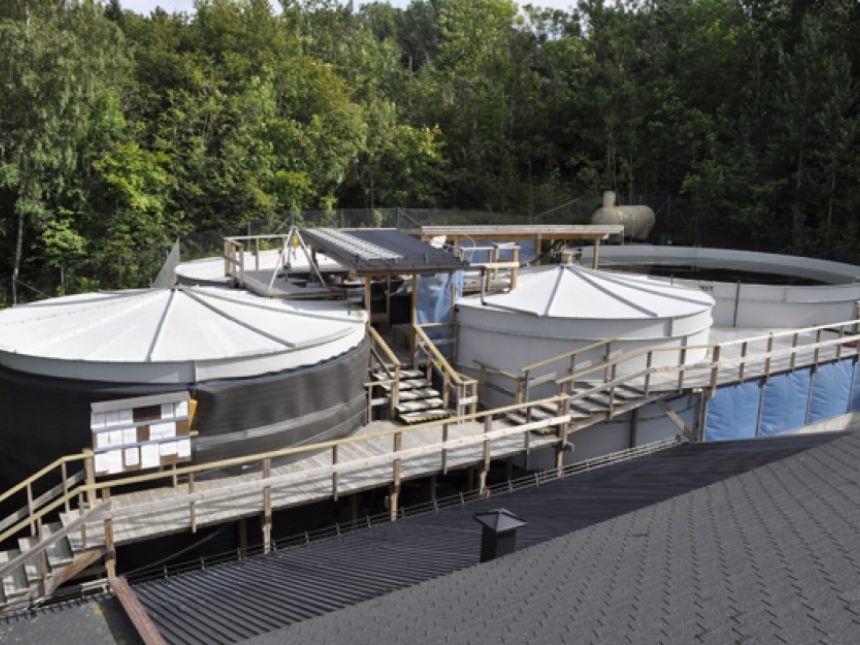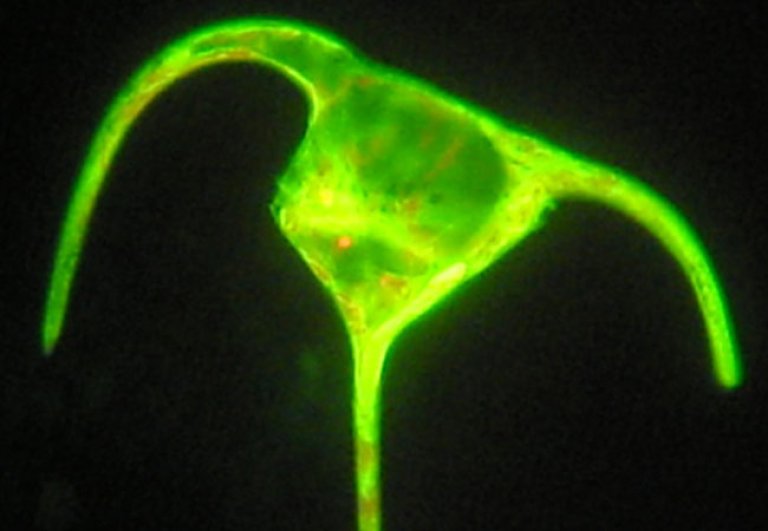
New milestone for NIVA: Meets American requirements for ballast water management methods
The International Ballast Water Convention, adopted by the International Maritime Organization (IMO) in 2004, has for several years been near ratification and is now about to be realized. The convention will enter into force one year after it has been ratified by 30 countries - representing 35 percent of the world’s ballast water tonnage. Norway approved the convention in 2006 and there is hope that the convention will be ratified in 2015.
The US government has chosen to set their own requirements for ships operating in US waters. These requirements have forced ship owners to comply with the regulations of the US Coast Guard (USCG) as well as the upcoming ratification of the IMO Convention.
Viability versus vitality
The challenge has been that where the IMO’s accepted enumeration method of living organisms in ballast water identifies the cells being able to multiply after treatment (viability) – by the so-called culture method - the United States requires the use of living cells enumeration method that identifies the organisms as immediately dead post water treatment (vitality)- by the so-called staining method.
This is a problem, especially for ballast purification equipment with ultraviolet radiation (UV) as an important component. UV acts primarily by damaging DNA, with relatively large doses of UV needed to instantly kill an organism - but significantly less is required to stop the organism’s ability to reproduce. This is the basis of the UV method of ballast water treatment; an organism which is unable to reproduce is not considered an ecosystem threat.
Using an UV dose that kills instantly would require so much energy that it - until recently - was unrealistic to use such equipment aboard boats to treat many hundreds or thousands of cubic meters of water per hour.
It is therefore with great joy and relief that NIVA has now succeeded in showing - for the first time - that Optimarin’s UV-technology now also meets USCG requirements.
- USCG unconsciously closed the market for UV-technologies because they require the use of a staining method that overestimates the number of living organisms after UV treatment - the so-called "false positive", says Stephanie Delacroix, researcher at NIVA and head of NIVA’s ballast team.

10 years of experience
NIVA’s ballast testing facility has from day one used both staining method and culture method in its tests. But where the culture method meets the IMO requirements, it has not been sufficient to meet US requirements with the use of staining method alone. Other actors in the ballast water industry have conducted extensive testing of its UV technologies in the hope that USCG would later walk away from its strict requirements and approve the culture method as an alternative method.
- NIVA has for several years supported the approval process of the culture method with USCG with disclosure of our data from 10 years of ballast water testing, says Dr. August Tobiesen, scientist in NIVA’s ballast team.
- However, the process has not yet yielded results, due to the US Guidelines' definition of "living organism" - which does not take into account incapacity to multiply as an extermination method.
True to the staining method
Optimarin is the first company which aims to get their UV technology approved according to the staining method USCG requires.
- They are the first to prove - with NIVA’s help - that it is actually possible for UV technology to meet USCG biological requirements based solely on the staining method in five tests in a row for one water quality, says Delacroix.
Must function in all kinds of water
However, much work and additional testing remains before USCG’s final approval of the technology. Successful test results must be reproduced and proven in other types of water qualities.
Treatment technology for ballast water must indeed be approved for seawater, brackish and freshwater.
Tough demands
- USCG requires that technologies be tested at the limit of operations, Delacroix says, and stresses that NIVA offers water quality tests to suit the different technological requirements for water quality.
Shipping companies from around the world have reacted strongly to the new strict USCG-rules and demanded that the IMO guidelines must be harmonized with USCG requirements.
- That there are no technologies that manage the discharge requirements for all types of water qualities is not a good enough argument for ship owners. They’d rather wait for the first USCG-approved technology they can invest in and install on their vessels, says Delacroix.
- Perhaps this will be the technology being tested with us at NIVA right now. The latest results are certainly very encouraging for our customers and for our ballast team.